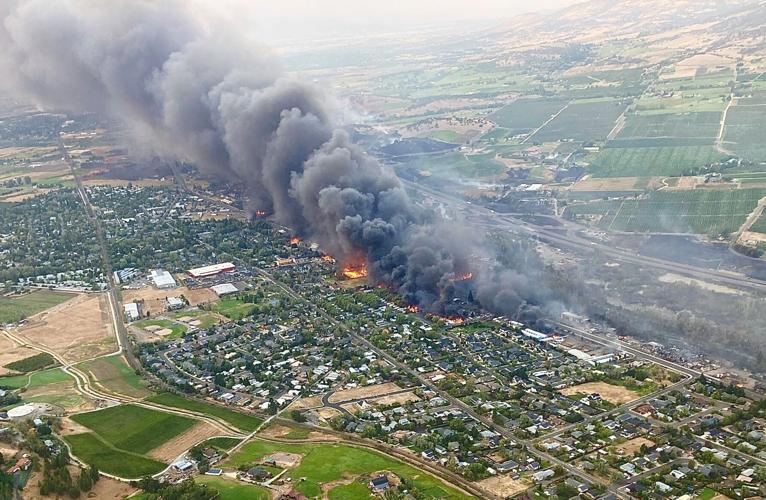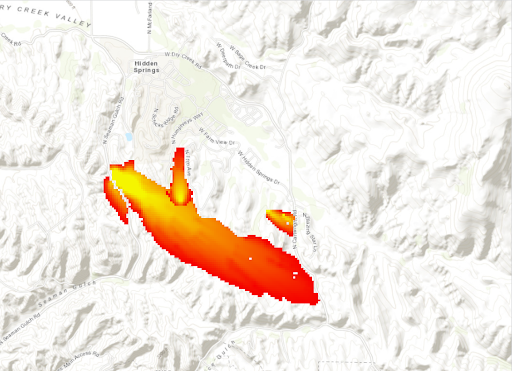Tabletop Exercises in Ashland, OR, and Ada County, ID Focus on Critical Decisions and Messaging

Emergency personnel in Ashland, Oregon, and Ada County, Idaho, recently came together for a series of tabletop exercises designed to enhance wildfire response and evacuation planning. These sessions used a realistic wildfire simulation powered by FlamMap, a fire behavior modeling tool, to present dynamic fire scenarios that required participants to work through simulated wildfire events and identify key decision points and refine messaging strategies.
Insights from these exercises will directly inform upcoming community surveys designed to assess residents’ intended evacuation behaviors in a wildfire. This survey will use scenario-based questions to understand how different variables—such as fire intensity, warning messages, and road conditions—affect decision-making.
By integrating behavioral science with evacuation modeling, this research aims to improve wildfire preparedness and response strategies. Understanding how residents perceive risk and respond to warnings will help emergency managers craft more effective public messaging and evacuation plans. Ultimately, the goal is to enhance community resilience and ensure safer outcomes during future wildfire events.
These exercises are part of HCRI’s NSF project Household response to wildfire – integrating behavioral science and evacuation modeling to improve community wildfire resilience.
